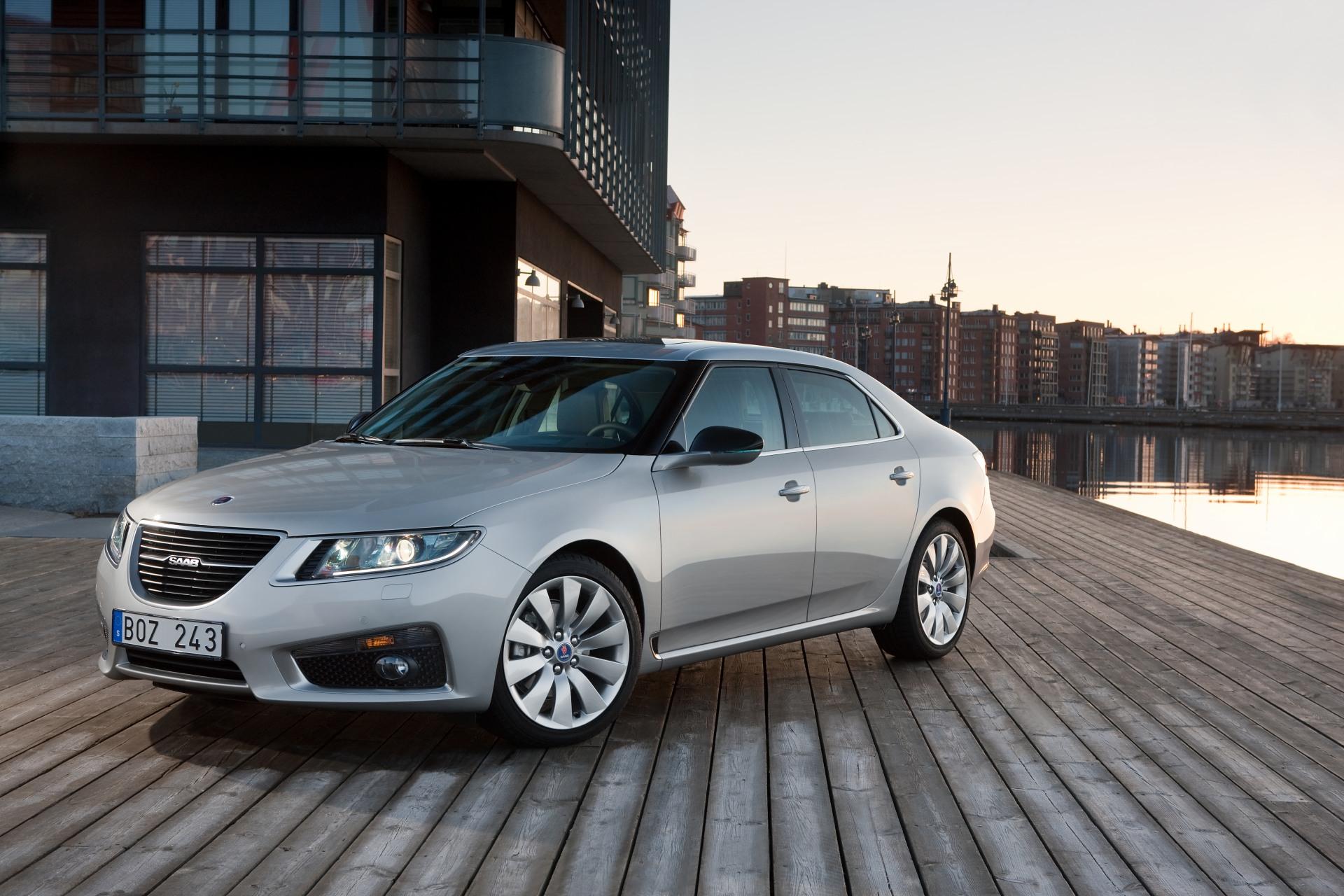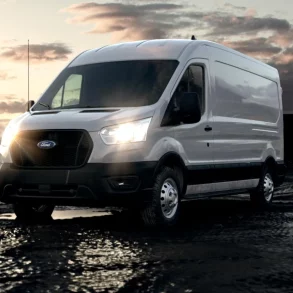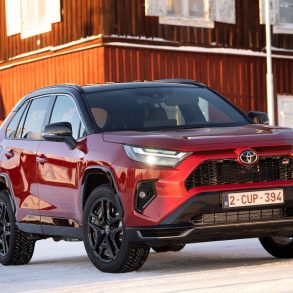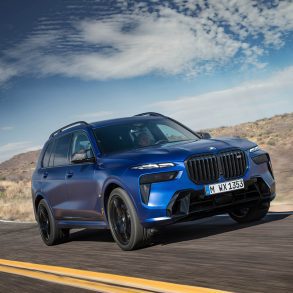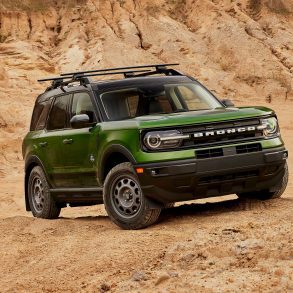Saab 9-5
Here you will find monthly and yearly European and U.S. sales figures for the Saab 9-5. The Saab 9-5 was a mid-size executive car produced by the Swedish manufacturer Saab. First introduced in 1997, the 9-5 replaced the Saab 9000 in the company’s lineup. Over its lifespan, the car saw two major generations before Saab’s unfortunate bankruptcy in 2011.
Saab 9-5 Overview
The Saab 9-5 is a mid-size executive car that was produced by Saab Automobile from 1997 to 2011. It was the successor to the Saab 9000 and it was available in a variety of body styles, including a sedan and a wagon.
Saab enthusiasts and the automotive community at large often express that the second-generation 9-5 represented what could have been a resurgence for Saab, had the company not faced financial collapse. The 9-5, in both its generations, is remembered for its combination of performance, safety, comfort, and unique design elements that set it apart from its competitors.
The Saab 9-5 was powered by a variety of engines, including gasoline, diesel, and turbocharged engines. It was available with a choice of manual or automatic transmissions. The Saab 9-5 was also known for its Night Panel feature, which allowed the driver to turn off all of the interior lights except for the essential ones, such as the instrument panel lights. This feature was designed to help the driver see better at night by reducing glare.
Saab 9-5 Sales Figures
The Saab 9-5 was a popular car in Europe and it was also sold in some other markets, including the United States. It was known for its unique styling, its innovative features, and its handling. The Saab 9-5 was discontinued in 2011 due to financial problems at Saab Automobile. The company was later sold to National Electric Vehicle Sweden (NEVS), which planned to revive the Saab brand. However, NEVS has not yet produced a new Saab car.
Saab 9-5 U.S Sales Data & Charts
US Annual Sales
US Annual Growth
Saab 9-5 Europe Sales Data & Charts
Europe Annual Sales
Europe Annual Growth
Saab 9-5 Generations
First Generation (1997-2009)
The first-generation 9-5 carried forward Saab’s distinctive design language, with its recognizable front end, wraparound windshield, and the brand’s traditional cockpit-inspired dashboard layout. The model was offered as both a sedan and a station wagon (often referred to as the ‘SportCombi’). Various turbocharged gasoline engines, from four to six cylinders, were available. Saab’s expertise in turbocharging was evident in the 9-5’s performance. Diesel engines were also part of the lineup. Saab was known for emphasizing safety, and the 9-5 was no exception. It introduced the Saab Active Head Restraint (SAHR) system to prevent whiplash injuries and consistently performed well in safety tests. The 9-5 Aero was a high-performance variant with a more powerful turbocharged engine, sportier suspension, and distinctive design elements.
Second Generation (2010-2012)
The second-generation 9-5 underwent a significant redesign, with a more modern and sharper appearance. The car was longer and boasted a more upscale feel. A range of turbocharged gasoline and diesel engines were offered. Saab also introduced a 9-5 with a turbocharged V6 and an all-wheel-drive system, labeled XWD. The interior saw a major upgrade with high-quality materials and a modern infotainment system. The aviation-inspired cockpit design remained, but with a contemporary touch. Features like a head-up display highlighted the brand’s aviation heritage. Despite the positive reception and the potential to rejuvenate the brand, the second-generation 9-5 had a short production run due to Saab’s financial troubles and eventual bankruptcy.

